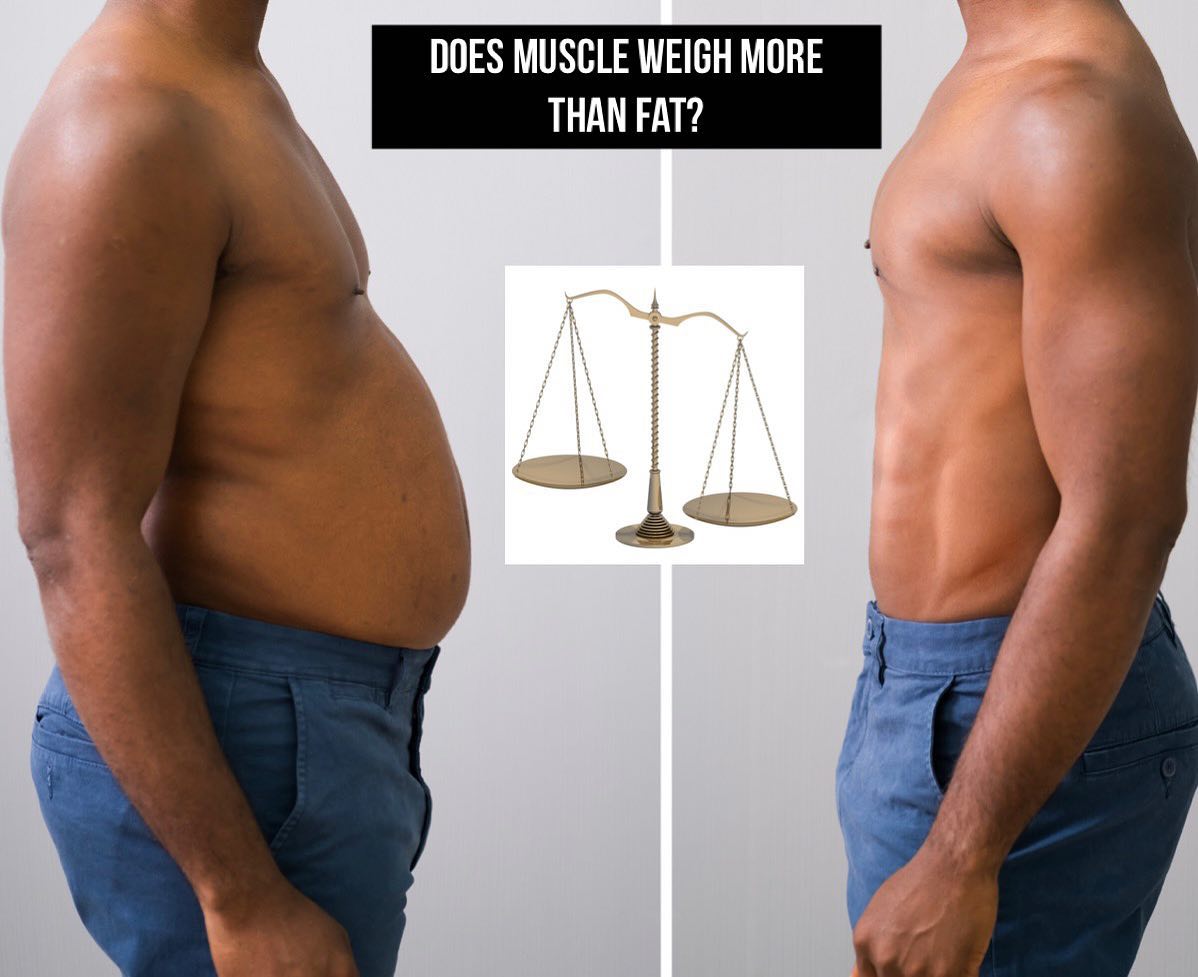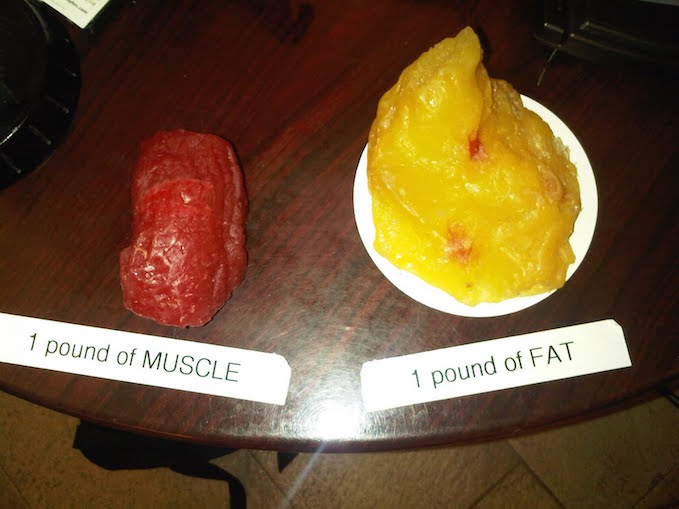Have you ever wondered why some people tan faster than others? Could it be related to body composition? The debate around whether fat tans faster than muscle has intrigued sun enthusiasts and skincare experts alike. Many believe that individuals with higher body fat percentages may experience a quicker tan, but is there any scientific basis to this claim? This article delves into the science behind tanning, the role of body fat, and the impact of muscle on the tanning process. Understanding these factors can help you make informed decisions about sun exposure and skincare routines.
As we explore the relationship between fat and muscle in the tanning process, it's important to consider the physiological differences between these tissues. While fat and muscle serve different functions in the body, their interaction with UV rays can influence how quickly a tan develops. This article aims to provide clarity on this topic by analyzing research, expert opinions, and real-life experiences. Whether you're a sun worshipper or simply curious about the science behind tanning, this content will offer valuable insights.
Before diving into the details, it's worth noting that individual skin types, melanin levels, and environmental factors play a significant role in tanning outcomes. While body composition may contribute to the speed of tanning, it's not the sole determinant. By the end of this article, you'll have a comprehensive understanding of whether fat truly tans faster than muscle and how this knowledge can enhance your sun safety practices.
Read also:Rickard Deler The Swedish Football Star Making Waves In The World Of Sports
What Role Does Fat Play in Tanning?
Fat plays a crucial role in the body's overall function, including its interaction with UV rays. Subcutaneous fat, the layer of fat beneath the skin, acts as a natural cushion, protecting the body from external damage. When exposed to sunlight, this layer may influence how UV rays penetrate the skin. Some studies suggest that individuals with higher body fat percentages may experience increased melanin production, leading to a faster tan. However, this effect can vary depending on individual skin types and genetic predispositions.
Additionally, fat cells contain certain compounds that may enhance the tanning process. For instance, adipose tissue can absorb UV rays more effectively than muscle tissue, potentially accelerating melanin activation. This phenomenon could explain why some people with higher body fat percentages notice a quicker tan compared to those with more muscle mass. However, it's essential to approach these findings with caution, as more research is needed to confirm these theories.
How Does Muscle Affect the Tanning Process?
Muscle tissue, unlike fat, is denser and less absorbent of UV rays. This characteristic can impact how quickly a tan develops in individuals with higher muscle mass. While muscle doesn't directly influence melanin production, its density may reduce the penetration of UV rays into the skin. As a result, people with leaner body compositions might require longer exposure times to achieve the same level of tan as those with higher body fat percentages.
Moreover, muscle fibers are less likely to store compounds that enhance tanning, such as those found in adipose tissue. This difference in composition can contribute to variations in tanning speed and intensity. However, it's important to remember that individual factors, such as skin type and sun sensitivity, play a significant role in determining tanning outcomes.
Does Fat Tan Faster Than Muscle?
The question of whether fat tans faster than muscle has sparked numerous debates among skincare experts and sun enthusiasts. While some evidence suggests that fat may enhance the tanning process, this effect is not universal. Factors such as skin type, melanin levels, and sun exposure habits can significantly influence tanning outcomes. For instance, individuals with fair skin and low melanin levels may experience slower tanning regardless of body composition.
To further complicate matters, the perception of tanning speed can vary depending on individual expectations and experiences. Some people may notice a quicker tan due to higher body fat percentages, while others may attribute this effect to other factors. Ultimately, the relationship between fat and tanning remains a topic of ongoing research and discussion.
Read also:Best Remote Ssh Iot Device Free A Comprehensive Guide
Exploring the Science Behind Tanning
Tanning is a complex physiological process that involves the interaction of UV rays with the skin's melanocytes. These specialized cells produce melanin, a pigment that protects the skin from UV damage. When exposed to sunlight, melanocytes increase melanin production, resulting in a darker skin tone. However, the speed and intensity of this process can vary depending on individual factors, including body composition.
Research suggests that subcutaneous fat may enhance melanin production by providing a protective layer for melanocytes. This effect could contribute to faster tanning in individuals with higher body fat percentages. However, the role of muscle in this process remains less clear. Muscle tissue, being denser and less absorbent, may limit UV penetration, potentially slowing down the tanning process.
What Are the Risks of Overexposure to UV Rays?
While tanning can enhance your appearance, overexposure to UV rays poses significant health risks. Prolonged exposure can lead to premature aging, skin damage, and an increased risk of skin cancer. It's crucial to prioritize sun safety by using sunscreen, wearing protective clothing, and avoiding peak sun hours. Regardless of body composition, everyone should take precautions to protect their skin from harmful UV rays.
In addition to these general guidelines, individuals with higher body fat percentages should be mindful of how their fat distribution may influence UV absorption. While fat may enhance tanning, it can also increase the risk of heat-related issues, such as overheating and dehydration. Staying hydrated and monitoring sun exposure times can help mitigate these risks.
Does Fat Tan Faster Than Muscle? Understanding the Science
As we explore the science behind tanning, it's essential to address the question of whether fat truly tans faster than muscle. While some evidence supports this claim, the relationship between body composition and tanning remains complex. Factors such as skin type, melanin levels, and environmental conditions can significantly influence tanning outcomes. Therefore, it's important to approach this topic with a balanced perspective and consider all contributing factors.
For instance, individuals with darker skin tones and higher melanin levels may experience faster tanning regardless of body composition. Similarly, those with fair skin and lower melanin levels may require longer exposure times to achieve a noticeable tan. By understanding these variables, you can make informed decisions about sun exposure and skincare practices.
Why Does Fat Tan Faster Than Muscle?
One potential reason fat tans faster than muscle lies in the composition of adipose tissue. Fat cells are more absorbent of UV rays compared to muscle fibers, which can enhance melanin activation. Additionally, subcutaneous fat provides a protective layer for melanocytes, potentially accelerating the tanning process. However, this effect can vary depending on individual skin types and genetic predispositions.
It's also worth noting that fat distribution can influence tanning outcomes. Individuals with higher body fat percentages in sun-exposed areas, such as the arms and legs, may notice a quicker tan compared to those with more muscle mass in these regions. However, this difference is often subtle and may not be noticeable to the casual observer.
Tips for Achieving a Safe and Even Tan
Regardless of whether fat tans faster than muscle, achieving a safe and even tan requires careful planning and execution. Here are some tips to help you optimize your tanning experience:
- Use a high-quality sunscreen with broad-spectrum protection.
- Apply sunscreen evenly and reapply every two hours.
- Wear protective clothing, such as hats and sunglasses, to shield sensitive areas.
- Limit sun exposure during peak hours, typically between 10 a.m. and 4 p.m.
- Stay hydrated to prevent dehydration and heat-related issues.
What Are the Benefits of Tanning?
While excessive sun exposure poses risks, moderate tanning offers several benefits. Sunlight triggers the production of vitamin D, an essential nutrient that supports bone health and immune function. Additionally, tanning can improve mood by increasing serotonin levels and reducing stress. However, it's crucial to balance these benefits with proper sun safety practices to avoid potential harm.
For individuals concerned about whether fat tans faster than muscle, understanding these benefits can provide a broader perspective on tanning. By prioritizing safe sun exposure and skincare routines, you can enjoy the advantages of tanning while minimizing risks.
Does Fat Tan Faster Than Muscle? Final Thoughts
In conclusion, the question of whether fat tans faster than muscle remains a topic of ongoing research and discussion. While some evidence suggests that fat may enhance the tanning process, this effect is not universal. Factors such as skin type, melanin levels, and environmental conditions can significantly influence tanning outcomes. By approaching this topic with a balanced perspective and considering all contributing factors, you can make informed decisions about sun exposure and skincare practices.
Remember that achieving a safe and even tan requires careful planning and execution. By following the tips outlined in this article and prioritizing sun safety, you can enjoy the benefits of tanning while minimizing risks. Whether fat truly tans faster than muscle or not, the key to a healthy glow lies in understanding your skin's unique needs and responding accordingly.
Table of Contents
- Unveiling the Truth: Does Fat Tan Faster Than Muscle?
- What Role Does Fat Play in Tanning?
- How Does Muscle Affect the Tanning Process?
- Does Fat Tan Faster Than Muscle?
- Exploring the Science Behind Tanning
- What Are the Risks of Overexposure to UV Rays?
- Does Fat Tan Faster Than Muscle? Understanding the Science
- Why Does Fat Tan Faster Than Muscle?
- Tips for Achieving a Safe and Even Tan
- What Are the Benefits of Tanning?

